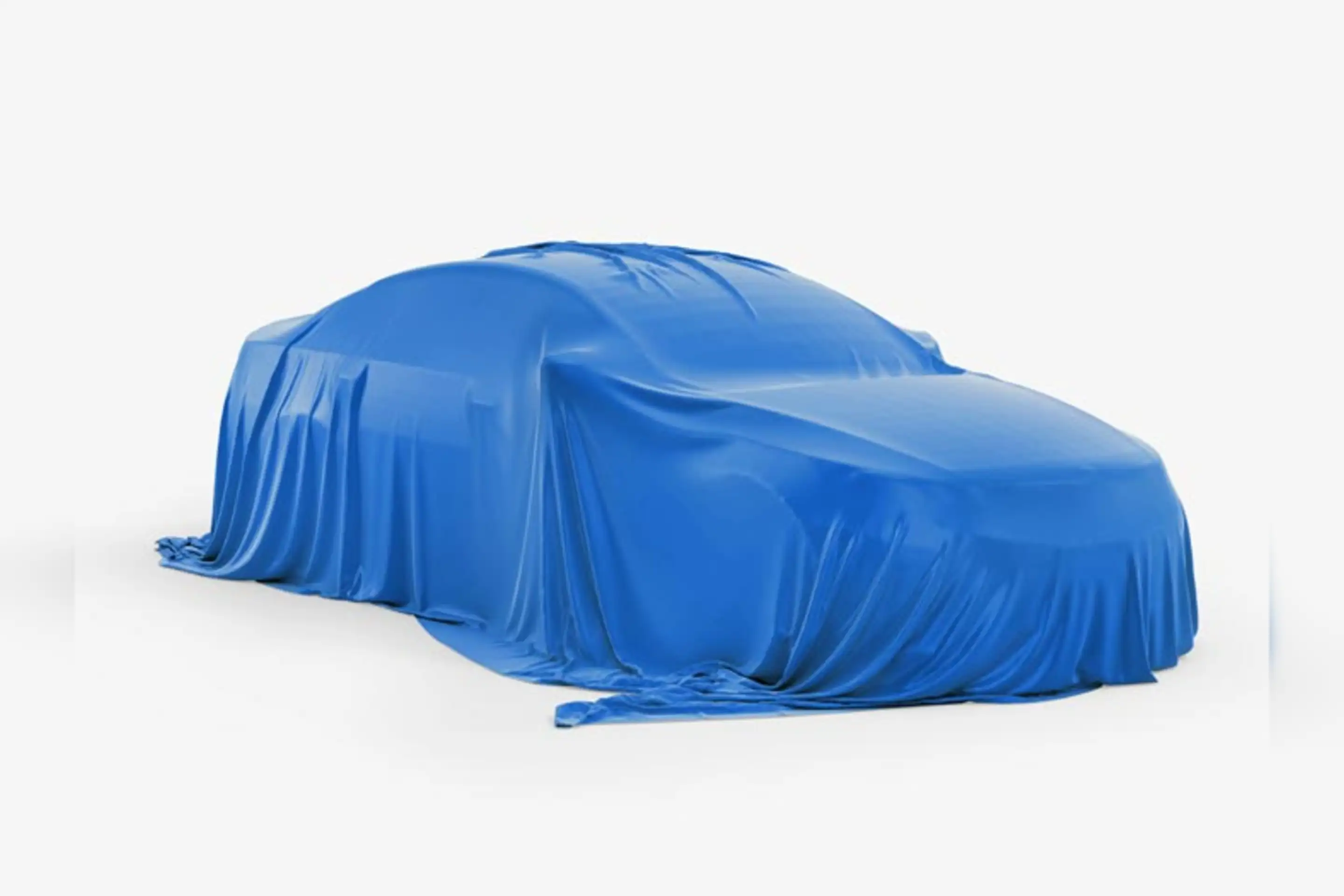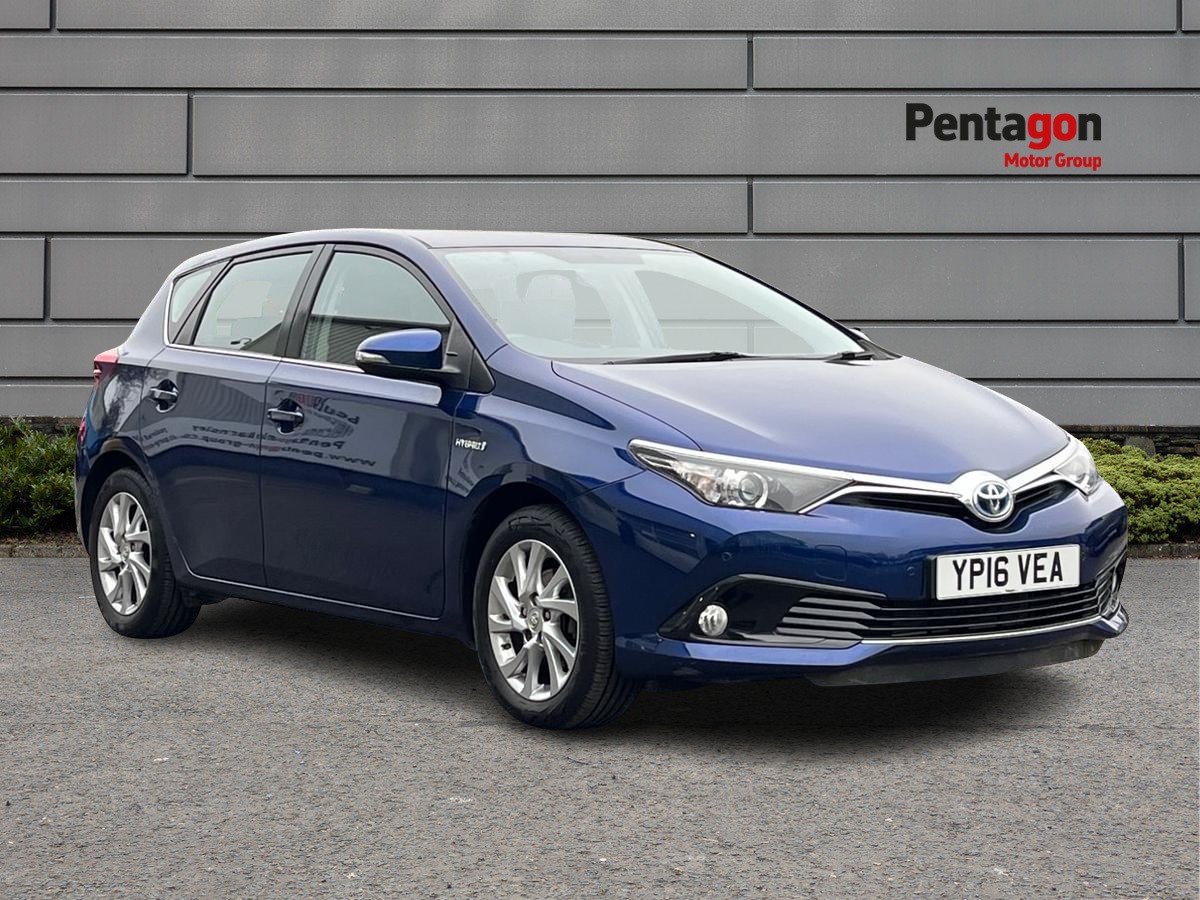Used Toyota Auris for sale: everything you need to know
The Toyota Auris is a car that almost makes more sense as a used buy than it did as a new car. Free of the new car smell and with little to no warranty left, the Toyota’s practicality, fuel consumption, and above all reliability matter a lot more than the most engaging driving dynamics or spectacular styling.
Which is just as well, as the Toyota Auris is neither particularly fun to drive, nor much of an oil painting to behold. But it’s definitely reliable and frugal, and while the popularity of Toyota’s hybrids keeps used prices strong, it still undercuts new and not necessarily more dependable new machinery - so it makes a compelling used purchase.
There are almost too many alternatives to list if you’re shopping for one of the petrol Auris models - think Ford Focus, Volkswagen Golf, Vauxhall Astra and more - but fewer offer hybrid powertrains, which is what really separates the Auris from other used rivals. Read on below to find out more.
Should you buy a Toyota Auris?
There’s a lot to be said for getting the basics right, and this is where the Toyota Auris has always scored highly. The first generation debuted in 2006 and the second in 2012, before bowing out in 2018 to be replaced with a new generation of Corolla. When new, neither generation was the kind of car to raise the pulse, but used, the Toyota Auris makes a great deal of sense.
In essence, it does what small Toyota family cars have always done: just got on with the job. While it might not offer class-leading space, or the most interesting exterior styling or inviting interior, and it certainly isn’t the quickest or most fun to drive, it’s perfectly decent at all these things. But it also has a very strong reputation for reliability, and in hybrid form in particular, is extremely economical, particularly if you don’t tend to spend your life on motorways.
The second-generation Toyota Auris was offered in both five-door hatchback and Touring Sports estate form, and that estate is another string to the Auris bow - not many rivals offered hybrid-powered estates. To Toyota’s credit, there’s also no penalty in boot space with either hatch or estate in hybrid form - unlike many cars made even today, the batteries don’t eat into luggage volume.
There’s a good driving position, solid build quality, and if it’s not exciting, the Toyota Auris is at least very easy to drive. Early 1.6-litre petrol engines needed some stoking to get going, but the later 1.2 Turbo is more lively and the hybrid is typically smooth and quiet, provided you’re not lead-footed, which causes the revs to rise noisily. The hybrid will run on electric power alone at low speeds, too, which is great in town. The ride is smooth and it handles neatly too; it just won’t light your hair on fire.
There are rivals that’ll do that if you need it, since while the hybrids are affordable used, they do hold their value compared to some more potent turbocharged petrol and diesel alternatives. The Ford Focus, Volkswagen Golf, and Vauxhall Astra are all rivals, but only the plug-in hybrid Golf GTE offered a hybrid challenger. Don’t forget the in-house rival either, the Toyota Prius.
A Toyota Auris not for you? We've got 1000s of used cars for sale to suit all budgets and needs
What’s the best used Toyota Auris model to buy?
The 1.8-litre hybrid is the obvious choice here. You’ll have more fun in the 1.2 Turbo, particularly with a manual gearbox, but the hybrid’s combination of decent-enough performance, ease of use, and excellent economy mean it’s difficult to beat. And while the 1.2 will surely be reliable like any Toyota, the hybrid’s reputation is pretty legendary in this area. The diesels are economical, but their figures were calculated on the old NEDC testing cycle so can’t be directly compared with the hybrid - and they’re not as nice to drive, anyway.
In terms of specification, Toyota improved the Auris over time, so by the time it went off sale, even the basic Icon spec had most of what you’d want, and the car has had basics like air conditioning from the start. The Design’s auto lights and wipers, its Alcantara trim, and front and rear parking sensors are appealing extras, though.
Used Toyota Auris fuel economy and performance
- Toyota Auris 1.2 Petrol Turbo: With a compact 1.2-litre turbocharged petrol four-cylinder, the Auris developed 116PS and could cover 0-62mph in 10.1 seconds (10.4sec for the Touring Sports), through the standard manual gearbox. Economy was up to 58.9mpg for both hatchback and estate.
- Toyota Auris 1.2 Petrol Turbo automatic: With the same engine but an automatic gearbox, the 1.2 Auris could get from 0-62mph in 10.5 seconds as a hatchback and 10.8 seconds in Touring Sports form. Economy was up to 61.4mpg, or 58.9mpg for the Touring Sports.
- Toyota Auris 1.33 Petrol: Dropped in 2017, this was the basic petrol engine, with no turbocharger and a relatively low 99PS output. 0-62mph came up in 12.6 seconds with a manual gearbox (13.2 in estate form), and economy was 51.4mpg NEDC, or 50.4mpg for the Touring Sports.
- Toyota Auris 1.4 Diesel: The 1.4 diesel disappeared in 2017. It made 90PS, with a six-speed manual gearbox. 0-62mph took 12.5 seconds (13 seconds as an estate), with economy of 80.7mpg and 72.4mpg for hatch and estate respectively, albeit on the old NEDC cycle.
- Toyota Auris 1.6 Diesel: The larger diesel engine was another dropped in 2017, but it made 112PS and could get from 0-62mph in 10.5 seconds in hatch form, and 10.7sec as an estate. Combined NEDC economy was 67.3mpg for the hatch, 68.9mpg as a Touring Sports.
- Toyota Auris 1.8 Hybrid: Toyota’s familiar 1.8-litre four-cylinder hybrid developed 136PS for a 10.9-second 0-62mph time as a hatchback, and 11.2 seconds as a Touring Sports. Economy was 78.5mpg for both versions.
What used Toyota Auris trim levels are available?
The Toyota Auris trim level lineup changed during the car’s time on sale, but most recently it comprised four different trims, ranging from an entry-level but still well-equipped Icon, to the most comprehensively-equipped Excel. Each grade also offered several options for further personalisation, so you may still see an Icon with leather seats, or a panoramic roof on Excel models.
- The Toyota Auris Icon is where the Auris range started, with 16-inch alloy wheels, a 7-inch touchscreen media system with DAB, a reversing camera, front fog lights, power heated door mirrors, and a leather steering wheel.
- The Toyota Auris Icon Tech added navigation and cruise control, but was otherwise as per the Icon.
- The Toyota Auris Design stepped up to 17-inch alloys, Alcantara-trimmed sports seats, automatic wipers and headlights, an auto-dimming mirror and auto-retracting door mirrors, front and rear parking sensors, privacy glass, and Intelligent Parking Assist.
- The Toyota Auris Excel topped the range with heated leather seats, automatic LED headlights, keyless entry, and voice recognition for the multimedia system.
Used Toyota Auris dimensions and boot size
The Toyota Auris’s dimensions are:
- Length: 4330mm (4595mm Touring Sports)
- Width: 1760mm (without mirrors)
- Height: 1475mm (1485mm Touring Sports
- Ground clearance: N/A
The Toyota Auris’s boot size is:
- 360 litres (530 litres Touring Sports)
- 1192 litres with the rear seats folded (to roof, 1658 litres Touring Sports)
Used Toyota Auris road tax
Since April 2017, there has been a flat rate of tax applied to both petrol and diesel models, and a slightly lower flat rate for hybrids. Currently that stands at £180 per year for petrol/diesel, and £170 per year for ‘alternative fuel’ vehicles, including the hybrid. Prior to 2017, VED or ‘road tax’ was calculated on CO2 alone, so both the hybrid and the diesels will be cheaper to tax than the petrol models.
How much is it to insure a Toyota Auris?
The most affordable Toyota Auris models to insure start in group 7, which isn’t as low as some alternatives but will hardly break the bank. Upgrade to the more recent 1.2 Turbo and the hybrid models, and they cover a span from groups 12 to 15 - again, not too bad for its class.
Read our full Toyota Auris review


